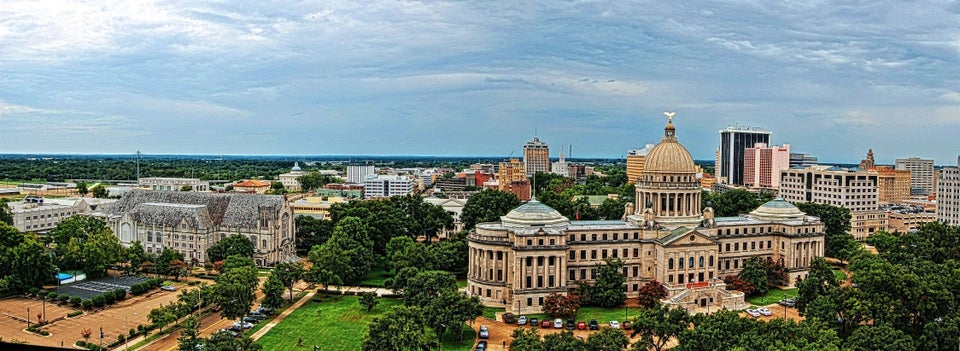
WASHINGTON -- The nation's capital may be a boom town, but a shocking number of children around the city still struggle to find food, especially in the summer.
A recent study finds that D.C. has a higher rate of food insecurity among children than any state. According to the nonprofit group Feeding America, which put out the report, 30.7 percent of the city's residents under 18 live in food-insecure households, meaning they lack the resources necessary to ensure consistent access to adequate food.
Of the roughly 49 million people in the U.S. living in food-insecure households, more than 16 million are children, according to the report. Some 31,000 children in D.C. don’t know how they’ll get their next meal.
“Too many children in the District go without healthy meals,” Alexandra Ashbrook, director of D.C. Hunger Solutions, recently told The Huffington Post. Her organization addresses hunger and nutrition issues for low-income District residents and works to increase children's access to federal nutrition programs, including school and summer meals.
Because of the Healthy Schools Act, passed by the D.C. Council in May 2010, the city’s public and charter school lunches must include fresh fruits, vegetables and whole grains. The law also allowed thousands of previously ineligible students to qualify for free lunches.
"These are the healthiest meals you'd ever see at a school," says Paul Day, a spokesman for D.C. Central Kitchen, which has made locally sourced, "scratch-cooked" school meals a key element of its hunger-fighting model.
The group has a contract with D.C.'s public school system, and during the 2012-13 school year it served 4,800 meals daily to children in the city's low-income neighborhoods. Thirty percent of the ingredients used in the meals came from local sources.
But with school out for the summer, advocates warn that food insecurity for many children becomes more urgent.
“Childhood hunger is a problem year-round in this neighborhood and many others like it, but it hits especially hard in the summer,” said Brenda Chamberlain, executive director of Horton’s Kids, a nonprofit that provides summer meals to D.C. children.
Free and reduced meals are available at the city’s public schools for eligible students, or roughly 73 percent of all pupils in the city. One issue this summer, however, has been school buildings closing their doors due to funding cuts, creating a space crunch for nonprofits to conduct their programs.
“What’s really interesting is there are community-based organizations ready to meet the hunger and the educational needs of D.C. kids this summer, but there’s just a real lack of classroom space to do so,” Chamberlain said.
In Wards 7 and 8 alone, six schools closed permanently following the 2012-13 school year, and many others have shut down for the summer.
“Horton’s Kids supports the work of DCPS and the charter schools, and I’m really disappointed that the majority of schools have their doors closed this summer,” said Chamberlain, adding that her group will be providing meals to more than 300 D.C. children this summer, having been given access to the Richard Wright Public Charter School.
But "in many cases there's not a free summer meal within walking distance of kids' homes," said Chamberlain. "There are definitely other kids who are hungry."
Despite the obvious need for these food services, another food assistance program was recently in peril.
As part of the farm bill, Congress considered making $20.5 billion in cuts to the Supplemental Nutrition Assistance Program (SNAP), a proposal heavily opposed by nonprofit organizations. According to MSNBC, nearly two million people could have lost their food stamp eligibility, and up to 210,000 children could have lost free school meals, including a large number of children in the District. The House rejected the bill in June.
A big relief to be sure, though not the end of the problem for hungry children in the District.
"I can’t imagine being a child and not knowing where your next meal is coming from," said Marian Barton-Peele, senior director of partner relations at the Capital Area Food Bank, in an interview with NBC Washington. "When you don’t eat, it’s hard to concentrate. A hungry child can’t learn."
Click on the slideshow below for the 10 states with the hungriest children. Then see what you can do to help here.
